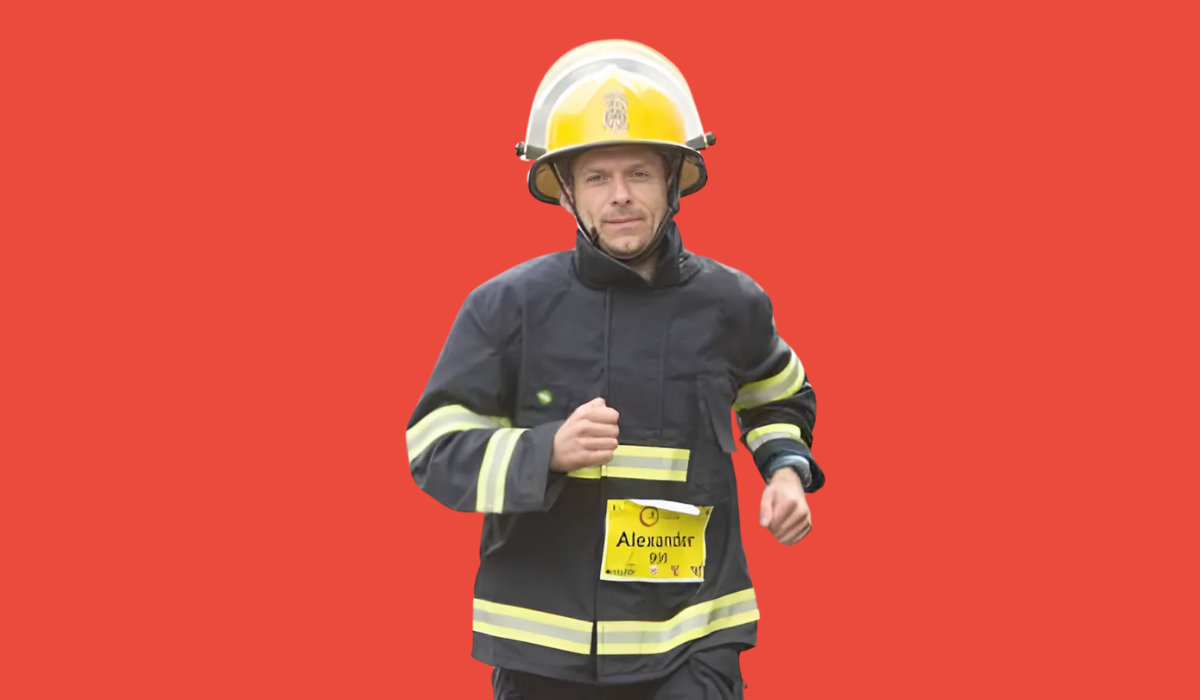Coaching Corner #2.1 - Easy Running

September 26, 2023

If a runner could only take on board one single piece of advice, forsaking all others, then the following topic would be my number one recommendation. Understanding what your true “easy” pace is, and learning to love running at that pace, is transformational for your performance.
What is ‘Easy’ Running?
“Easy” running gets a bad reputation, because for most, easy equals slow. However, easy isn’t one single pace, it is an effort zone. This is usually around 60-75% of your maximum heart rate, and level 1-3 out of 10 on a RPE (rate of perceived exertion) scale. Essentially, the effort should be conversational. Not ‘one-to-two word’ conversational, but the ability to say ten or more words without needing to pause for breath. Now, if you adhere to these guidelines, it WILL feel slow. You may even have to walk to hit those zones! But that’s fine. Your body doesn’t understand pace or distance, it understands effort and duration. Many runners, particularly those relatively new to the sport or who have never followed a training plan with a variety of paces/intensities, never run in their easy zone, and are probably unaware that more than one speed of running exists.
Why should we run ‘Easy’?
In order to run easy, we need to understand its benefits, of which there are many. Firstly, running easy will primarily utilise slow-twitch (Type I) muscle fibres. These muscle fibres contain mitochondria cells, which generate the energy from which all our bodily systems function. They are called the ‘powerhouses’ of our body for a reason. Performing endurance exercise at a level which utilises but does not overload these cells, will help to increase the efficiency, volume and density of the mitochondria. If we have more workhorses, we can produce more energy. And more energy means improved performance for endurance tasks.
Running at different intensities requires different fuel sources. Higher intensity effort requires carbohydrates/glycogen, as this fuel source is broken down much quicker than fat to produce energy. Our bodies have a limited supply of glycogen, usually enough for roughly two hours of moderate to high intensity exercise, so it must be used wisely. Conversely, lower intensity effort will utilise fat as the primary fuel source (although not exclusively, so keep those carbohydrate stores topped up at all times!). When we run at lower intensities, we improve our ability to use fat as a source of fuel. This can help for weight loss, if that is the goal, and helps to preserve glycogen stores for the harder efforts when we need them. This ability to be able to use multiple different fuel sources efficiently is called metabolic flexibility, and is the hallmark of a fit and well-trained athlete.
There are two key ‘thresholds’ in running intensity (outlined in the diagram below). The first (aerobic threshold) is the point at which the source of fuel shifts from fat-dominant to carbohydrate/glycogen-dominant. As the waste product of glycogen is lactate, lactate starts to accumulate in the blood from this point onwards, but at a low enough level that your body can clear it easily (think of the tables being re-set in a quiet restaurant). The second threshold (lactate threshold) is the point at which lactate accumulation overtakes lactate clearance – that restaurant is now super busy, tables are stacked high with dirty plates, customers are waiting and staff are panicking (sounds a little bit like the final kilometre of a 5k race). You have a finite amount of time above this threshold before the body gives up. The benefits mentioned in the previous paragraphs will help to shift both thresholds towards the right in the diagram below, as shown by the 'well trained' runner, who's first threshold occurs later than the novice, and the point where lactate build up outweighs lactate clearance occurs at a higher percentage of V02 max, which essentially means a faster pace. All of this means that as a result of running easily, we can run faster for longer on race day.

“Run Slow to Run Fast”
So how does running slowly make us run faster? Most of the answers lie at a cellular level, unseen by the naked eye and not trusted by the sceptical runner. We have already seen how running at an effort below your aerobic threshold will increase the efficiency of your mitochondria powerhouses and improve your ability to use fat as a fuel source. Therefore, this will save glycogen for the faster efforts, when we really need it. But perhaps the most obvious change is that because easy running stresses all your bodily systems, including muscles, tendons, and joints, much less than hard running, your injury risk is much lower. Less injuries means you can run more consistently. And consistency is key for improve endurance performance. Most runners overestimate the amount they can run in a single week, but underestimate the amount they could run in a full year. Easy running allows us to gradually build our total volume safely, while improving fitness at the same time. Of course, faster paces are needed – this is how your lactate threshold improves (this will be discussed in part two of this series), but without going slow, you won’t be able to go fast for very long.
What happens when we don’t run easy enough?
Of all the mistakes we make with training, not running easy enough is very close to the top of the list. Yes, some improvements will still be made, especially for novice runners as the stimulus is new, but the plateau from moderate intensity training occurs soon. Put simply, we do not get the benefits mentioned above – less new mitochondria, less ability to use fat as fuel, more reliance on glycogen which depletes these stores, less metabolic flexibility, less efficient running, and more risk of overload/injury.
Running at our true easy effort will give us these benefits. It will take time, patience, and a leap of faith. But the thresholds will shift. If you run between these thresholds, or above lactate threshold (more common than you think) for every run, it will leave you in no man’s land – no progress, possible injury, and no fun.
The next part of this series will look at the multiple different types of faster runs – because we still need to run fast – at the right time, for the right amount of time, at the right pace. But for now, go out and embrace the easy run. Your body will thank you.
Enda offers several 1:1 coaching programmes for runners of all abilities, which include specific race day advice such as this. To find out more click HERE, and to book a free initial consultation with him, contact via https://www.instagram.com/thep...




